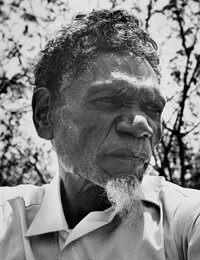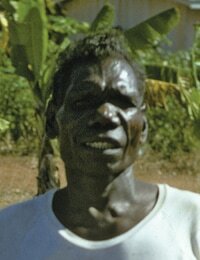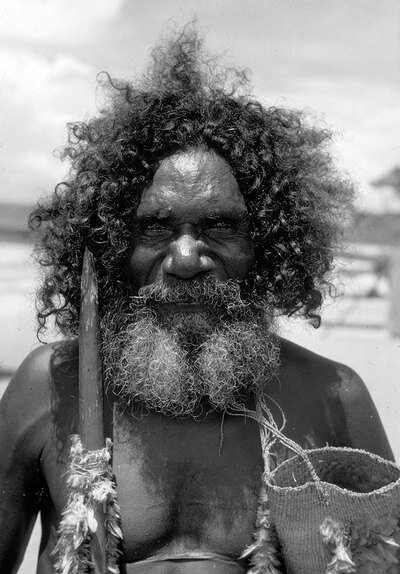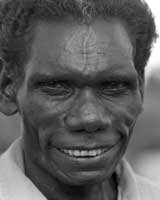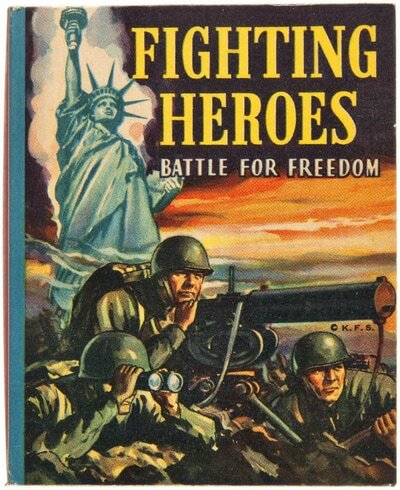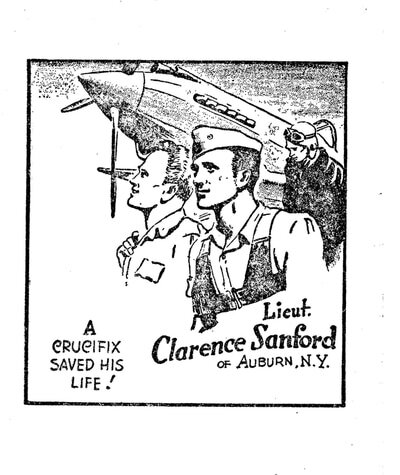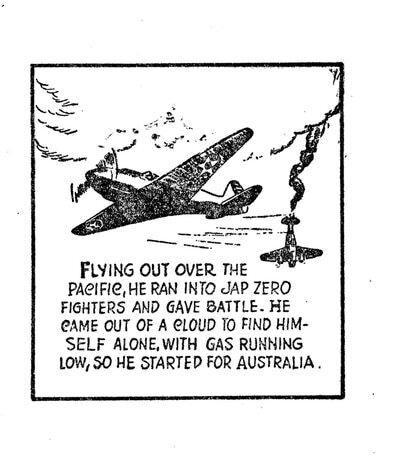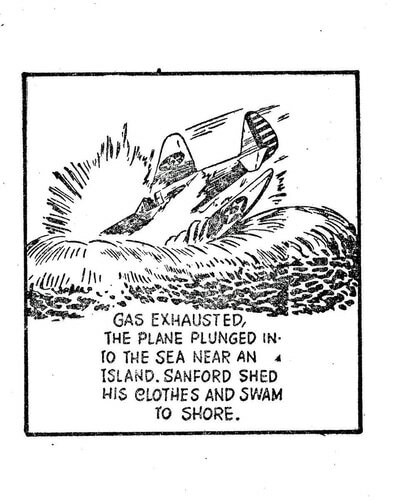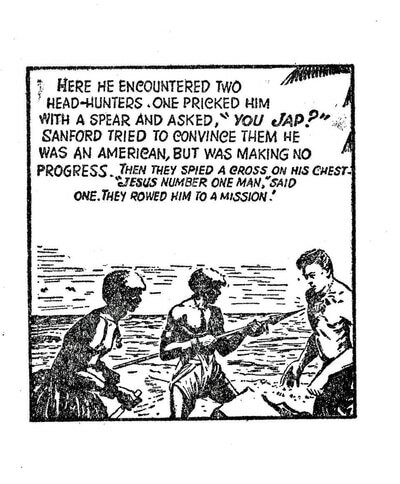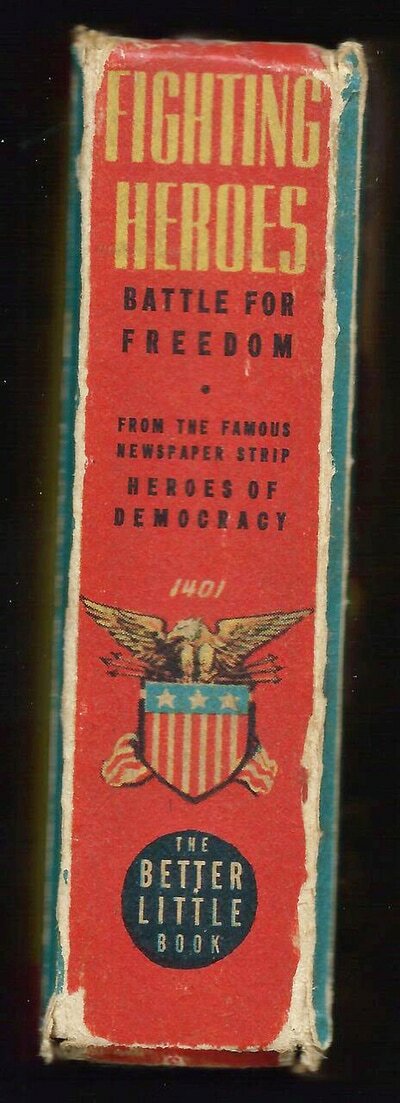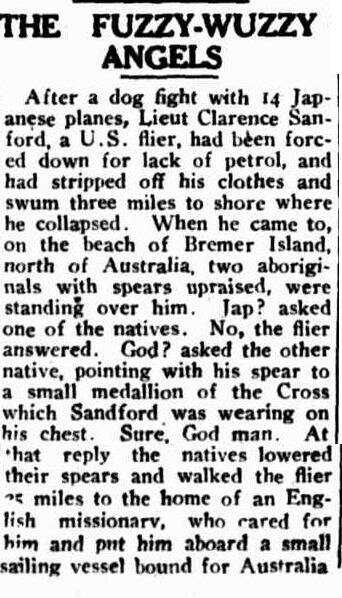The Sandy Sanford Story
"You won't have any trouble finding your way to Darwin. Just follow the trail of crashed Kittyhawks, you can't go wrong." Corporal in charge of the refuelling at Cloncurry in November 1942.
Saturday the 14th March 1942
 Clarence E. 'Sandy' Sanford
Clarence E. 'Sandy' Sanford
Seventy-five years ago the United States Air Force 7th Pursuit Squadron, 49th Fighter Group was based at Horn Island, off the tip of Cape York peninsular. It was three months since the attack on Pearl Harbor and less than a month since the Darwin Blitz when the first Japanese air raids against North Queensland began on Saturday 14 March 1942.
A Japanese raiding force of eight Mitsubishi G4M1 ‘Betty’ heavy bombers, escorted by twelve A6M2 Zeros of the 4th Kokutai, had formed up over New Guinea and been picked up on radar screens heading for Horn Island.
Twenty-three year old Lieutenant Clarence E. 'Sandy' Sanford had dropped out of medical school to join the US Army Air Corps & he'd just completed his training when Pearl Harbor was attacked on the 7th December 1941.
The lack of maintenance facilities at Horn Island had seen his Kittyhawk grounded but it's shortcomings were dismissed when the call came to scramble and he took his place amongst a formation of eight P-40E-1 Kittyhawks climbing like the proverbial 'homesick angels' to gain a height advantage over the approaching enemy. At altitude, their drop tanks were jettisoned and battle engaged.
A Japanese raiding force of eight Mitsubishi G4M1 ‘Betty’ heavy bombers, escorted by twelve A6M2 Zeros of the 4th Kokutai, had formed up over New Guinea and been picked up on radar screens heading for Horn Island.
Twenty-three year old Lieutenant Clarence E. 'Sandy' Sanford had dropped out of medical school to join the US Army Air Corps & he'd just completed his training when Pearl Harbor was attacked on the 7th December 1941.
The lack of maintenance facilities at Horn Island had seen his Kittyhawk grounded but it's shortcomings were dismissed when the call came to scramble and he took his place amongst a formation of eight P-40E-1 Kittyhawks climbing like the proverbial 'homesick angels' to gain a height advantage over the approaching enemy. At altitude, their drop tanks were jettisoned and battle engaged.
 Asisbiz image of Curtiss P-40E of the 7th Pursuit Squadron 49th Fighter Group over the NT January 1942
Asisbiz image of Curtiss P-40E of the 7th Pursuit Squadron 49th Fighter Group over the NT January 1942
Sanford inflicted damage on two Zeros before coming under attack and diving away into the abundant Wet Season cloud, from which he emerged entirely alone over a featureless ocean. With wheels down, damaged hydraulics and a heavy right wing, he turned south for Horn Island and flew some 150 miles without sighting land.
Believing himself to be over the Coral Sea, he turned west expecting to soon cross the coast of Cape York. In reality, he was on the western side of the Cape and soon he was well out over the uninterrupted expanse of the Gulf of Carpentaria. He performed a couple of circuits to try to reset his compass before continuing on his westward heading for perhaps 300 miles until, as the fuel gauge hit empty and he prepared to leave the cockpit, a tiny island emerged from the sea haze directly ahead.
When the starved engine began to splutter he jumped clear of his dying plane to begin a graceful descent towards shark and crocodile infested sea that lapped a wild and empty land.
Believing himself to be over the Coral Sea, he turned west expecting to soon cross the coast of Cape York. In reality, he was on the western side of the Cape and soon he was well out over the uninterrupted expanse of the Gulf of Carpentaria. He performed a couple of circuits to try to reset his compass before continuing on his westward heading for perhaps 300 miles until, as the fuel gauge hit empty and he prepared to leave the cockpit, a tiny island emerged from the sea haze directly ahead.
When the starved engine began to splutter he jumped clear of his dying plane to begin a graceful descent towards shark and crocodile infested sea that lapped a wild and empty land.

Empty except for three Yolngu men, Wandjuk Marika and his uncles Waninya and Milirrma from Yirrkala Mission, in north-east Arnhem Land. They were hunting on Dhambaliya (Bremer) Island and witnessed Sanford's novel descent followed by his suddenly silent aeroplane. They had been told about Japanese aeroplanes and what to expect from their pilots, so armed with spears and woomera they headed up the island to confront the foe.
From the rocky headland at Gandurrpa they spotted Sanford lying like driftwood by the waters’ edge in Mulwanyangu Bay. As they approached Wandjuk said in English “What are you doing here - are you Japanese?” to which Sanford replied “NO” – then Wandjuk said “Are you English?” - “NO” came the reply which brought up the spears until the sharp young eyes spotted the crucifix given to Sanford by his wife Margaret whom he had married on New Year’s eve, less than three months before.
“Are you Jesus man?” Wandjuk enquired “YES, YES” Sanford nodded as they shook hands. With the tension broken they carried him up the beach, made a windbreak from branches, found him water and fed him turtle eggs which are an acquired taste.
From the rocky headland at Gandurrpa they spotted Sanford lying like driftwood by the waters’ edge in Mulwanyangu Bay. As they approached Wandjuk said in English “What are you doing here - are you Japanese?” to which Sanford replied “NO” – then Wandjuk said “Are you English?” - “NO” came the reply which brought up the spears until the sharp young eyes spotted the crucifix given to Sanford by his wife Margaret whom he had married on New Year’s eve, less than three months before.
“Are you Jesus man?” Wandjuk enquired “YES, YES” Sanford nodded as they shook hands. With the tension broken they carried him up the beach, made a windbreak from branches, found him water and fed him turtle eggs which are an acquired taste.

The next day he was able to travel steadily with the three Marika men down the island to where their canoe was beached. That evening, after waiting for a storm to pass and the tide to settle, they crossed to the mainland and made camp in the sand dunes behind Cape Wirrawuy. Sanford’s nerves and feet were shredded - his discomfiture was exacerbated by terrible sunburn which the Yolngu were at a loss to fathom.
They bound his feet but after ten agonising miles, and with 5 more to go, Milirrma went on ahead to raise the alarm that brought the missionary, Harold Thornell, to meet them. By evening Sanford was bathed and put to bed. Thornell reported Sanford’s miraculous survival over the radio and rewarded the rescuers with tobacco and tea.
It was said that each year at Christmas a parcel containing tobacco and tea would arrive at the mission as a continuing expression of gratitude from a distant land.
They bound his feet but after ten agonising miles, and with 5 more to go, Milirrma went on ahead to raise the alarm that brought the missionary, Harold Thornell, to meet them. By evening Sanford was bathed and put to bed. Thornell reported Sanford’s miraculous survival over the radio and rewarded the rescuers with tobacco and tea.
It was said that each year at Christmas a parcel containing tobacco and tea would arrive at the mission as a continuing expression of gratitude from a distant land.

After 2 weeks Sanford travelled on the mission lugger Larrpan along the coast to Millingimbi air base from where he was flown to Darwin arriving just in time for an air raid. He then went to Brisbane for 3 months hospitalisation before a hospital ship carried him home to the States for a further four months in care.
Sanford continued to fly ‘Stateside’ but never again in combat. He ran a Jungle Survival Course for Army pilots and at the end of the war trained as a commercial pilot until the opportunity arose to complete his medical training - graduating in 1950. After a surgical residency at Buffalo New York, Sandy Sanford practiced as a surgeon at the Millard Fillmore Hospital for 30 years - passing away at the age of 68 in 1987.
Sanford continued to fly ‘Stateside’ but never again in combat. He ran a Jungle Survival Course for Army pilots and at the end of the war trained as a commercial pilot until the opportunity arose to complete his medical training - graduating in 1950. After a surgical residency at Buffalo New York, Sandy Sanford practiced as a surgeon at the Millard Fillmore Hospital for 30 years - passing away at the age of 68 in 1987.
|
|
|
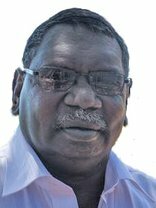 Bakamumu Marika
Bakamumu Marika
There were four Marika brothers of the Rirratjingu Clan at the outbreak of WWII
Mawalan (1) (oldest) - Mathaman (2nd oldest) – Milirrpum (3rd oldest) and Milirrma youngest
Wandjuk (eldest son of Mawalan) - foundation member of the Australia Council & internationally recognised artist & author.
Roy Dadaynga was the father of Bakamumu
Wandjuk Marika was hunting with his uncles Milirrpum and Milirrma of whom there is no image - yet.
Milirrpum, Wandjuk, Mathaman & Narritjin Maymuru were witnesses before the Select Committee to hear the Yirrkala Grievances against the establishment of the bauxite mine - one of Australia's pivotal Land Rights cases.
Bakamumu is the senior member of the Rirratjiŋu Clan which looks to the sandhills of Yalangbara south of Yirrkala as the wellspring of ancestry and identity for the clans of the Dhuwa moiety.
Mawalan (1) (oldest) - Mathaman (2nd oldest) – Milirrpum (3rd oldest) and Milirrma youngest
Wandjuk (eldest son of Mawalan) - foundation member of the Australia Council & internationally recognised artist & author.
Roy Dadaynga was the father of Bakamumu
Wandjuk Marika was hunting with his uncles Milirrpum and Milirrma of whom there is no image - yet.
Milirrpum, Wandjuk, Mathaman & Narritjin Maymuru were witnesses before the Select Committee to hear the Yirrkala Grievances against the establishment of the bauxite mine - one of Australia's pivotal Land Rights cases.
Bakamumu is the senior member of the Rirratjiŋu Clan which looks to the sandhills of Yalangbara south of Yirrkala as the wellspring of ancestry and identity for the clans of the Dhuwa moiety.
| we_found_a_white_man_on_an_island_long_ago_by_wandjuk_marika.pdf | |
| File Size: | 1342 kb |
| File Type: | |
We found a white man on an island long ago was dictated by Wandjuk and was intended for Yirrkala school children. Unusually, it has been rendered in Gumatj language and is resisting translation despite the efforts of several linguists, principally Jo Cilento. It is anticipated that commemoration of his flight will prompt a completion of this task with the assistance of the Yunupingu families of the Gumatj Clan.
USAF Statistics WWII
|
A Curtiss P-40 Warhawk (Kittyhawk) cost $44,892.
188 accidents per 100,000 flying hours (3rd worst) • 276,000 military aircraft manufactured in the US. • 43,581 planes lost overseas, • 14,000 lost in the continental U.S. 9.7 billion gallons of gasoline used 459.7 billion rounds of aircraft ammo fired o/seas 7.9 million bombs dropped 121,867 combat casualties 40,000 airmen killed in combat 18,000 wounded 12,000 missing presumed dead 41,000 aircrew captured 50% taken by Japan died 10% taken by Germany died |
On average, 6600 American servicemen died per month, during WWII (c. 220 a day)
Resources & Notes
He was well on the way to recovery when Kolinio and Aminiasi called in at Yirrkala on the way back from Roper River on "Larrpan". They took him to Worralŋura where Ella Shepherdson and 20 Aboriginals were staying on March the 28th 1942. End of We found a White Man on an Island Long Ago. Ella et al were at the river camp awaiting the move to Elcho p67 Half a Century.
He was then transferred to Milingimbi and was picked up from Milingimbi on the 2nd April 1942.
This information was obtained from the following publications:
Mission to Arnhem Land (McKenzie)
Half Century in Arnhem Land (Ella Shepherdson)
He was then transferred to Milingimbi and was picked up from Milingimbi on the 2nd April 1942.
This information was obtained from the following publications:
Mission to Arnhem Land (McKenzie)
Half Century in Arnhem Land (Ella Shepherdson)
|
|
||||||||||||






